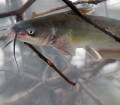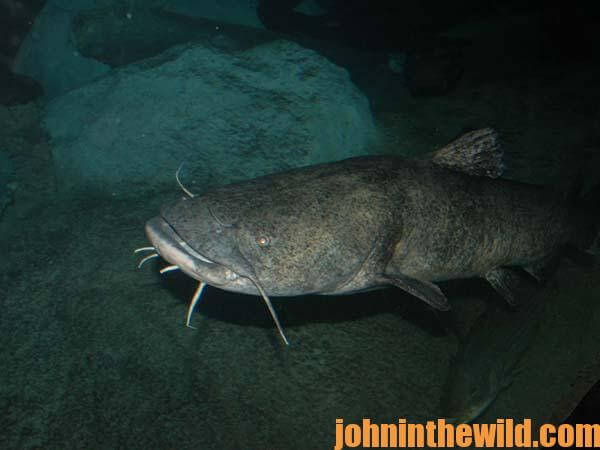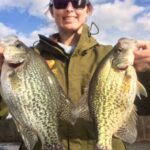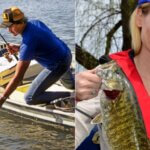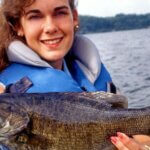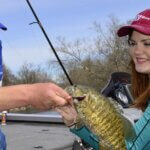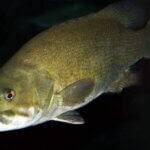John’s Note: Luck plays a major role in any type of successful fishing – whether you’re angling for catfish on a Saturday morning with two children or fishing for a bass to win a $100,000 bass-fishing tournament. However, with both luck and knowledge, you’ll generally have a successful fishing trip.
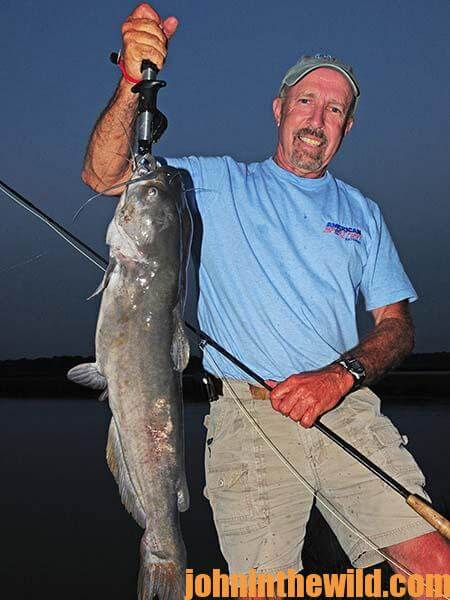 Baiting Catfish:
Baiting Catfish:
Farm ponds and lakes often are heavily stocked with catfish. But, catching those cats may be a problem, because there are so-many different places they can be. However, one of the world’s greatest catfish catchers, the late Bill Lumpkin of Birmingham, Alabama, came up with a technique for catching pond cats that was a sure-fire winner back then and still is today.
Some years ago Lumpkin told me, “I love catching bream. So, I’ve tried to figure out a way to concentrate these fish and catch them any time I go. I bought a 5-pound bag of cheap dry dog food and threw it out into the water, so the bream hopefully would start coming to the dog food to feed. The technique really worked well, and I caught a lot of big bream with it. However, I noticed from the first time I tried it that after about 15 or 20 minutes, the bream would quit coming, my cork would sink, and then I would have a real fight on my hands. Once I got the fish to the surface, I would see a 2, 3 or 4 pound catfish. I would continue to catch cats on the dog-food bait, until I had all the fish I wanted to take home for supper. I used the dog-food tactic in farm ponds and lakes and had the best of both worlds. I usually could catch a pretty-good mess of bream before they quit hitting. And, when the panfish stopped biting, the catfishing would be productive.”
Fishing Rivers and Large Lakes for Catfish: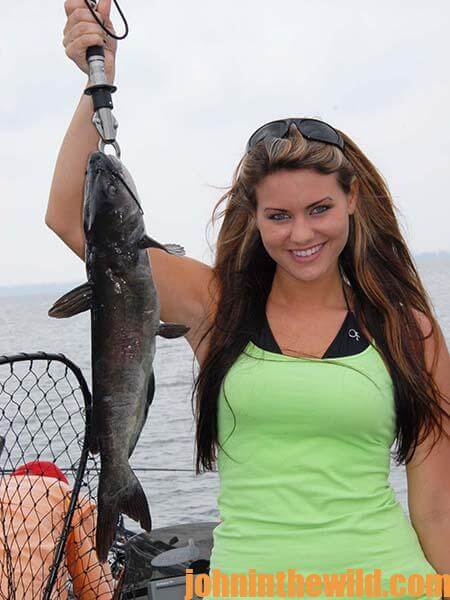
Large bodies of water make concentrating catfish into an area small enough that you can catch them consistently very difficult. However, pro bass fisherman Jerry Rhyne of Stanley, North Carolina, discovered a tactic for concentrating cats once when he was trying to catch carp, another fish he enjoys catching. When Rhyne said he baited a hole, what he actually was doing was laying down a scent pattern or a scent line to which the catfish would be attracted.
“I mix-up either a pineapple bait recipe, which includes cooking flour, cornmeal, pineapple juice, and creamed-style sweet corn mushed together until it forms a thick, heavy dough, or a sweet-potato bait recipe, which is the pineapple mixture with canned sweet potatoes or yams added in, and throw out pieces of the bait recipe in an area,” Rhyne says. Also, sometimes along with that mixture I’ll add some cheap rice. I’ll put a wad of the rice and bait in a tow sack and sink it in a river. That bait will draw catfish like a magnet.”
 Catching catfish can be fun and exciting. But for me, one of the best things about taking cats is sitting down to a plate of golden fried catfish for supper.
Catching catfish can be fun and exciting. But for me, one of the best things about taking cats is sitting down to a plate of golden fried catfish for supper.
To get “13 Freshwater Fish Recipes You Can’t Live Without,” “Catfish Like a Pro,” “The Best Wild Game & Seafood Cookbook Ever: 350 Southern Recipes for Deer, Turkey, Fish, Seafood, Small Game and Birds,” click here to get these books.
About the Author
John Phillips, winner of the 2012 Homer Circle Fishing Award for outstanding fishing writer by the American Sportfishing Association (AMA) and the Professional Outdoor Media Association (POMA), the 2008 Crossbow Communicator of the year and the 2007 Legendary Communicator chosen for induction into the National Fresh Water Hall of Fame, is a freelance writer (over 6,000 magazine articles for about 100 magazines and several thousand newspaper columns published), magazine editor, photographer for print media as well as industry catalogues (over 25,000 photos published), lecturer, outdoor consultant, marketing consultant, book author and daily internet content provider with an overview of the outdoors.

